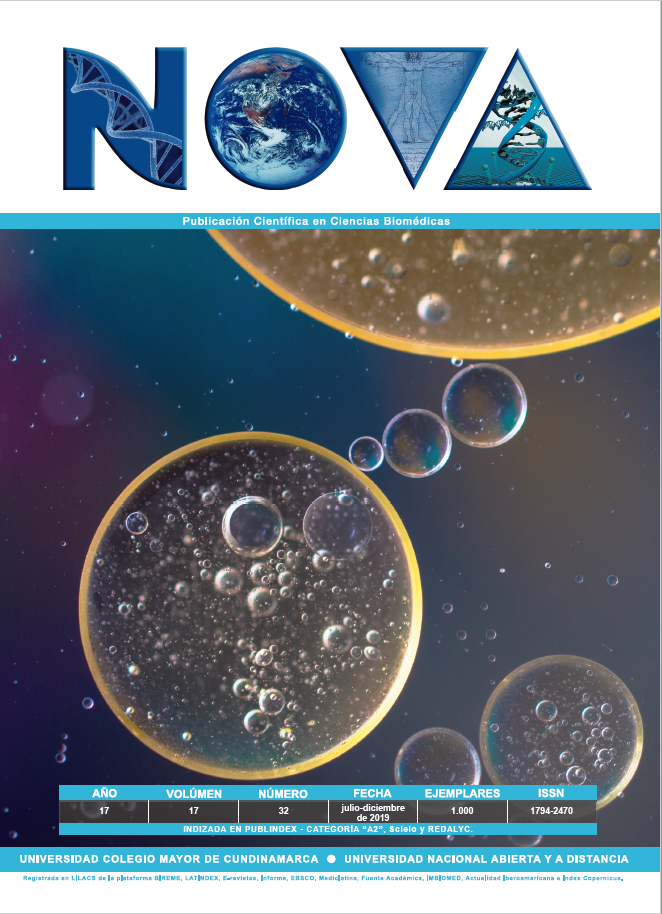NOVA por http://www.unicolmayor.edu.co/publicaciones/index.php/nova se distribuye bajo una licencia Reconocimiento No Comercial- Compartir igual
Así mismo, los autores mantienen sus derechos de propiedad intelectual sobre los artículos,
Declaración de privacidad.
Los nombres y las direcciones de correo electrónico introducidos en esta revista se usarán exclusivamente para los fines establecidos en ella y no se proporcionarán a terceros o para su uso con otros fines.
Main hormonal regulators and their interactions in plant growth
A vegetal hormone or phytohormone is a compound produced inside by a plant, that work in low concentrations and whose mainly effect occurs at the cellular level, changing the patterns of grow in vegetal organism and allow their control. The plant grows regulators are synthetic chemical compounds that can be obtained by the organism different to the plants and are more stronger that natural analogues, is necessary have in consideration different aspects like application opportunity, concentration, sensibility, plant condition, its because every plant requires specific conditions of grow that can be affected by phytohormonal concentration in the soil or medium. The vegetal regulators are synthetic products that it has been converted in the mainly tool available to control the growing and biochemical activity of the plant and for that reason their use are increased in the last years.
This review makes a bibliography compilation of the first events in the beginning of vegetal plant regulators application and presents the mainly physiologic characteristics that can be developed by application of vegetal hormones and their action in cellular and phenotypic response, furthermore we explain some of the mechanisms of action of the mainly ten phytohormones more knowledge in the biotechnological application: auxins, gibberellins, cytokinins, abscisic acid, salicylic acid, polyamines, jasmonates and derived compounds, brassinosteroids, ethylene, and strigolactones. We describe their mainly functions to vegetal metabolism and their possible interactions intracellular and extracellular.









